Tag: therapy

An Index Combining Respiratory Rate and Oxygenation to Predict Outcome of Nasal High-Flow Therapy
In patients with pneumonia with acute respiratory failure treated with high-flow nasal cannula (HFNC), ROX is an index that can help identify those patients with low and those with high risk for intubation. This was a... read more
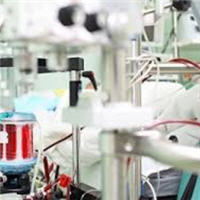
EROCA: Results of a Randomized Feasibility Trial of Expedited Out-of-Hospital Transport
Outcomes of extracorporeal cardiopulmonary resuscitation (ECPR) for out-of-hospital cardiac arrest depend on time to therapy initiation. We hypothesize that it would be feasible to select refractory out-of-hospital cardiac... read more

Timing, Outcome, and Risk Factors of Intracranial Hemorrhage in ARDS Patients During VV-ECMO
Intracranial hemorrhage occurs early during venovenous extracorporeal membrane oxygenation (VV-ECMO) and is a determinant for 60-day mortality. Appropriate adjustment of identified modifiable risk factors might lower... read more

ICU Strain and Mortality Risk Among Critically Ill Patients with COVID-19
The coronavirus disease 2019 (COVID-19) pandemic has affected numerous communities, and reports of overburdened hospitals, specifically critical care units, have become commonplace. High-quality supportive care remains the... read more

De Novo Renal Failure and Clinical Outcomes of Patients With Critical COVID-19
This case series concludes that respiratory failure conveys significant mortality risk in patients with coronavirus disease 2019 and that survival with concomitant renal failure is rare. This is a case series of patients... read more

Adjuvant therapeutic plasma exchange in septic shock
The hallmark of sepsis is a pathological host response to an infection that may lead to organ dysfunction, shock and high mortality. Besides numerous circulating mediators initiating inflammation, vascular barrier breakdown... read more
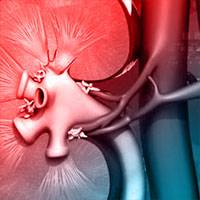
Management of late onset urea cycle disorders-a remaining challenge for the intensivist?
Awareness of urea cycle disorders in adults intensive care units can optimize early management and accordingly dramatically improve prognosis. By preventing hyperammonemia to induce brain edema and herniation leading to death. Hyperammonemia... read more
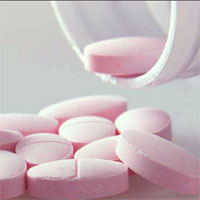
Oral Vitamin K Lowers the International Normalized Ratio More Rapidly
Oral vitamin K lowers INR more rapidly than subcutaneous vitamin K in asymptomatic patients who have supratherapeutic INR values while receiving warfarin. Warfarin therapy was withheld, and 1 mg of vitamin K was given... read more

The Feasibility of Studying Metabolites in PICU MODS
Metabolites are generated from critical biological functions and metabolism. This pediatric study reviewed plasma metabolites in patients suffering from multi-organ dysfunction syndrome (MODS) in the pediatric intensive care... read more
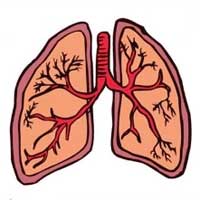
Emerging pharmacological therapies for ARDS: COVID-19 and beyond
ARDS, first described in 1967, is the commonest form of acute severe hypoxemic respiratory failure. Despite considerable advances in our knowledge regarding the pathophysiology of ARDS, insights into the biologic mechanisms... read more

Panel Provides a Look at the Fast-changing Science of COVID-19 Diagnosis, Therapy, and Prevention
As the pace of research related to COVID-19 continues at an unprecedented rate, clinicians on the front line of the pandemic are challenged to keep up with a deluge of information to ensure they are bringing best practices... read more

Conservative or Liberal Oxygen Therapy in Adults After Cardiac Arrest
Conservative oxygen therapy was associated with a statistically significant reduction in mortality at last follow-up compared to liberal oxygen therapy but the certainty of available evidence was low or very low due to bias,... read more
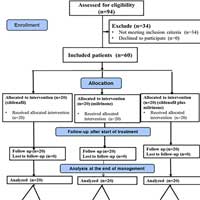
Dual Therapy Using Sildenafil and Milrinone Superior to Monotherapy in Neonates with Severe PPHN
Dual therapy using sildenafil and milrinone was superior to monotherapy with either drug in neonates with severe persistent pulmonary hypertension (PPHN) and is recommended for use in resource-constrained settings. A double-blind... read more
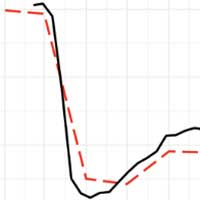
Pulse Wave Analysis to Estimate Cardiac Output
Cardiac output (CO)–guided therapy is a promising approach to hemodynamic management in high-risk patients having major surgery and in critically ill patients with circulatory shock. Pulmonary artery thermodilution remains... read more








